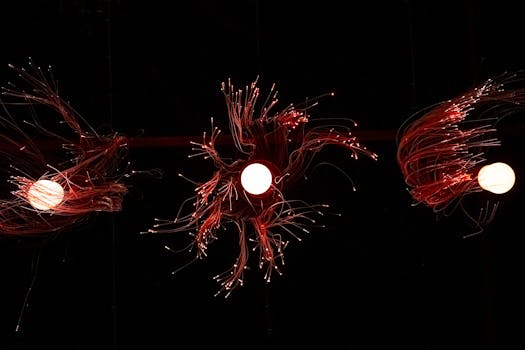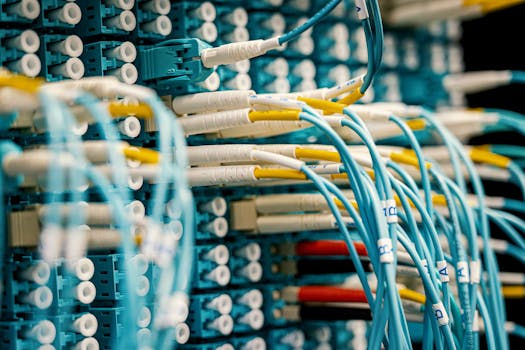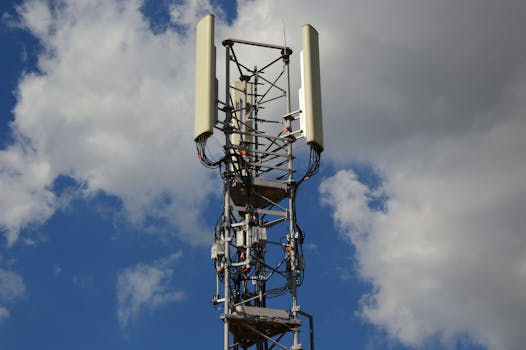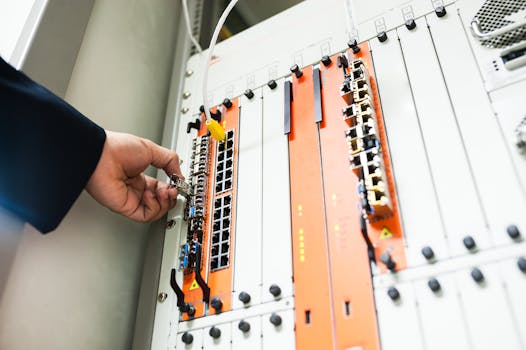
Emerging Trends in Fiber Optics Technology and Applications
Fiber Optics technology has been rapidly evolving over the years, transforming the way we communicate, access information, and interact with each other. As we continue to rely heavily on digital technologies, the demand for faster, more reliable, and secure data transmission has never been higher. In this article, we will explore the emerging trends in Fiber Optics technology and applications, highlighting their potential to shape the future of telecommunications, healthcare, and other industries.
Section 1: Advances in Fiber Optic Cables

One of the significant emerging trends in Fiber Optics technology is the development of advanced fiber optic cables. These cables are designed to provide higher bandwidth, faster data transfer rates, and greater resistance to signal degradation. For instance, the introduction of mode-conditional crosstalk (MCC) has enabled the creation of higher-capacity fiber optic cables, capable of supporting multiple modes of transmission.
Another notable trend is the use of quantum key distribution (QKD) in fiber optic communications. QKD enables secure data transmission over long distances, making it an attractive solution for industries that require ultra-secure communication, such as finance and government.
Section 2: Applications in Telecommunications and Healthcare

The emerging trends in Fiber Optics technology have numerous applications in telecommunications and healthcare. In telecommunications, fiber optic cables are being used to create high-speed networks that support 5G and 6G wireless technologies. These networks enable faster data transfer rates, lower latency, and greater connectivity, paving the way for widespread adoption of IoT devices and applications.
In healthcare, Fiber Optics technology is being used to develop advanced medical devices, such as endoscopes and laparoscopes. These devices use fiber optic cables to transmit high-quality images and videos, allowing medical professionals to diagnose and treat patients more effectively.
Section 3: Future Outlook and Challenges

As Fiber Optics technology continues to evolve, we can expect to see even more innovative applications and use cases emerge. However, there are also challenges that need to be addressed, such as the high cost of deployment and maintenance, as well as the need for standardized protocols and regulations.
Despite these challenges, the future of Fiber Optics technology looks promising, with many experts predicting that it will play a critical role in shaping the future of telecommunications, healthcare, and other industries.
Conclusion

In conclusion, the emerging trends in Fiber Optics technology and applications are revolutionizing the way we communicate and interact. From advanced fiber optic cables to innovative applications in telecommunications and healthcare, the potential of Fiber Optics technology is vast and exciting. As we continue to push the boundaries of what is possible with Fiber Optics, we can expect to see new and innovative solutions emerge, transforming industries and improving lives.